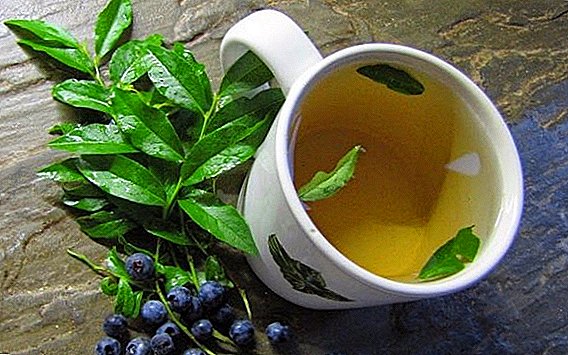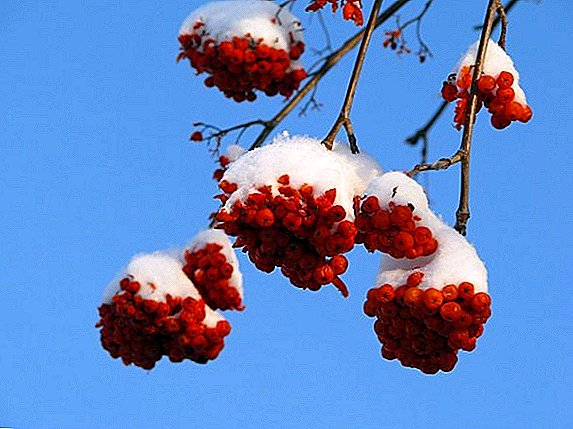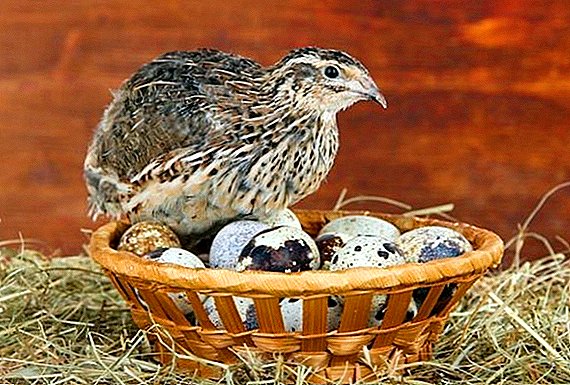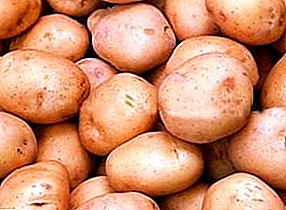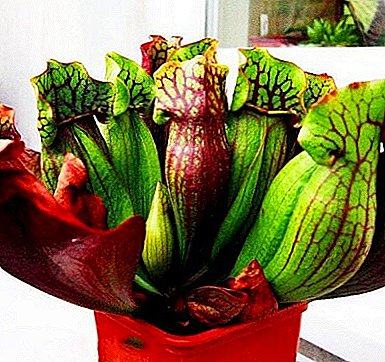
Sarratseniya - marsh predatory plant. At home, requires 10-hour lighting, constant watering and feeding in the form of insects.
Blooms profusely and colorful. Propagated by child rosettes, seeds and segments of the root system.
General description of the plant
Sarrasenia - an insectivorous flower. Feeds on flies, ants, little spiders. It is the largest of the subspecies of carnivorous plants. This representative of the flora is endowed with an unusual form.
Sockets look like elongated leaves and grow from the beginning of the root system. They are twisted into water lilies traps. Inside is a viscous and sticky digestive fluid.
Water lilies are elongated, very narrow below. As the growth expands to the top. Half of the leaf forms a cover in the form of a canopy. Unlike other predatory flowers, Sarracenia considered a passive plant.
When a defenseless insect gets inside, the flower cover does not slam shut - extraction sinks in the digestive fluid. Over time, the insect is digested, being a source of vitamins and essential nutrients.
Title history
 The plant is named after the tester M. Sarrazin. It belongs to the Sarraceniaceae family. Latin name: Sarracenia. In the wild it grows in moist soils rich in peat.
The plant is named after the tester M. Sarrazin. It belongs to the Sarraceniaceae family. Latin name: Sarracenia. In the wild it grows in moist soils rich in peat.
Distributed in southern America in the states of Texas, New Mexico, Arizona, Louisiana. Sarrasenia can be found on the coasts of Canada and near the Great Lakes.
At home, Sarracenia Yellow is most often grown.
Flower can grow in indoor conditions, greenhouses, glazed loggias, winter and botanical gardens. This representative of the flora has emerald-amber leaves with burgundy veins. In length, the leaves reach 0.5-1.0 meters.
The diameter of water lilies depends on the length of the sheets. The larger the leaf, the larger the water lily. In half-meter sheets, the diameter of the flowers can vary from 8-10 cm. This subspecies is divided into 7 different varieties. The most popular and unpretentious variety is Red Sarracenia.
In the photo you can see all the different types of sarracenia:





Home care
Sarracenia - a flower that can grow in a room. Home care is not much different from other plants.
Watering
 This representative of the flora negatively relates to chlorinated water. For watering must be used boiled, filtered or distilled water.
This representative of the flora negatively relates to chlorinated water. For watering must be used boiled, filtered or distilled water.
Experienced growers recommend watering Sarrateniyu with thawed or rainwater. If this is not possible, then you can use distilled.
But it is better to dilute it filtered, because it contains few nutrients.
Important! If you water hard water from the tap, the flower can get very sick.
Watering is done through a special pallet. Such capacity should be constantly moistened. It should be filled with water or be forest moss. If we take into account the fact that Sarracenia is a marsh flower, then drying up the soil will be detrimental to it.
Transfer
 Transplantation is carried out before the start of active growth and vegetation. Usually the procedure is carried out once every two years.
Transplantation is carried out before the start of active growth and vegetation. Usually the procedure is carried out once every two years.
Experienced growers recommend removing all dried leaves and clearing the root system of the old soil. Replant the flower in a tank of larger diameter.
It is necessary to consider that the flower actively grows and develops in deep tanks.
Soil, soil (pot selection)
The soil should be loose and breathable. Adding additional feed in the form of humus or peat is prohibited. Earth should not be nutritious.
Sarrasenia grows well in acidic soil over pH 5. Add to the soil forest moss, perlite, coarse sea sand, charcoal. After purchase, the flower must be transplanted immediately.
Sellers do not follow the preferences of the plant, using the water and soil that is available. Chlorine, which remains in the soil after watering, can adversely affect the health of the flower. Capacities choose wooden or clay.
Fertilizer
 This representative of the flora does not need feedings. Unlike other plants, Sarrácenia actively grows in poor and lean substrates.
This representative of the flora does not need feedings. Unlike other plants, Sarrácenia actively grows in poor and lean substrates.
All the necessary minerals and vitamins flower gets from digestible insectsthat fall into the trap.
Flower able feed yourself. But sometimes the growers themselves lower flies and ants into fully formed water lilies with digestive fluids.
This procedure must be performed at least once a month. If in summer to take the plant to an open balcony or garden, the insects will fall into the trap themselves.
Temperature
Sarrasenia perfectly tolerates temperature extremes. It can actively grow both at low and at high temperatures. With strong heat over 36 ° C, the plant will need additional air moistening and abundant watering.
Air humidity must be about 35-45%. In winter, when the flower is at rest, the plant is transferred to a cooler room. At this time, the temperature must be within 10-12 ° C.
Lighting
 The plant loves bright natural light. For health and active growth Sarratsenii need more than 9 hours direct sunlight.
The plant loves bright natural light. For health and active growth Sarratsenii need more than 9 hours direct sunlight.
If it is not possible to provide this regime with this representative of the flora, then the plant is artificially highlighted.
Fitolampy perfectly fit. Thanks to them, the light level will be 4900-5100 lux. You should know that the flower does not tolerate changes in its location relative to the sun.
Therefore, rotate it 90 ° -180 ° Absolutely forbidden. Sarratseniyu planted in a permanent place immediately.
Breeding
The flower is propagated by its daughter rosettes, small segments of the root system and seeds. If you grow a flower from seed, then first flowering will be only in 4-5 years.
Bloom
Flowering begins in June. Flowers solitary, complex shape. In diameter reach 8-10 cm. Grow on elongated peduncle. Depending on the subspecies, the color of the flowers can be blood, lilac, purple or amber.
Consist of sepals in the amount of 5 pieces. A lot of stamens. In form, they are completely closed by the overgrown canopy of the stigma. Stigma in the form of an umbrella. From anthers a large amount of pollen is showered on it.
- Venus flytrap.
- Darlingtonia Californian.
- Nepentes.
- Sundew.
Diseases and pests
 May be subject to spider mite. The pest is washed off with soapy water and a stream of warm water.
May be subject to spider mite. The pest is washed off with soapy water and a stream of warm water.
If the procedures did not help, you can use the solution "Aktellika" or "Fitoverma". Also on the leaves of the flower may appear aphid.
To eliminate the pest affected areas must be eliminated. Otherwise the larvae will be deposited on the leaf plates.
Aphids are killed with a solution of tobacco, garlic or tobacco. For 1 liter of water you will need 40 grams of powder.
Pests can fly into the vents from wild-growing flowers or be brought into the house on dirty shoes, clothes or household items.
In order to prevent lesions, it is necessary to periodically conduct preventive examinations.
Sarrasenia is ill only from improper care. To dry the tips of the leaves can from excessive watering with a lack of lighting. The reason may be neutral fortified soil.
Sarrasenia - swamp perennial. Grows in poor soils feeds on insects. It responds well to excessive watering, additional lighting and spraying from the sprayer. Actively develops in deep clay or wooden tanks.





